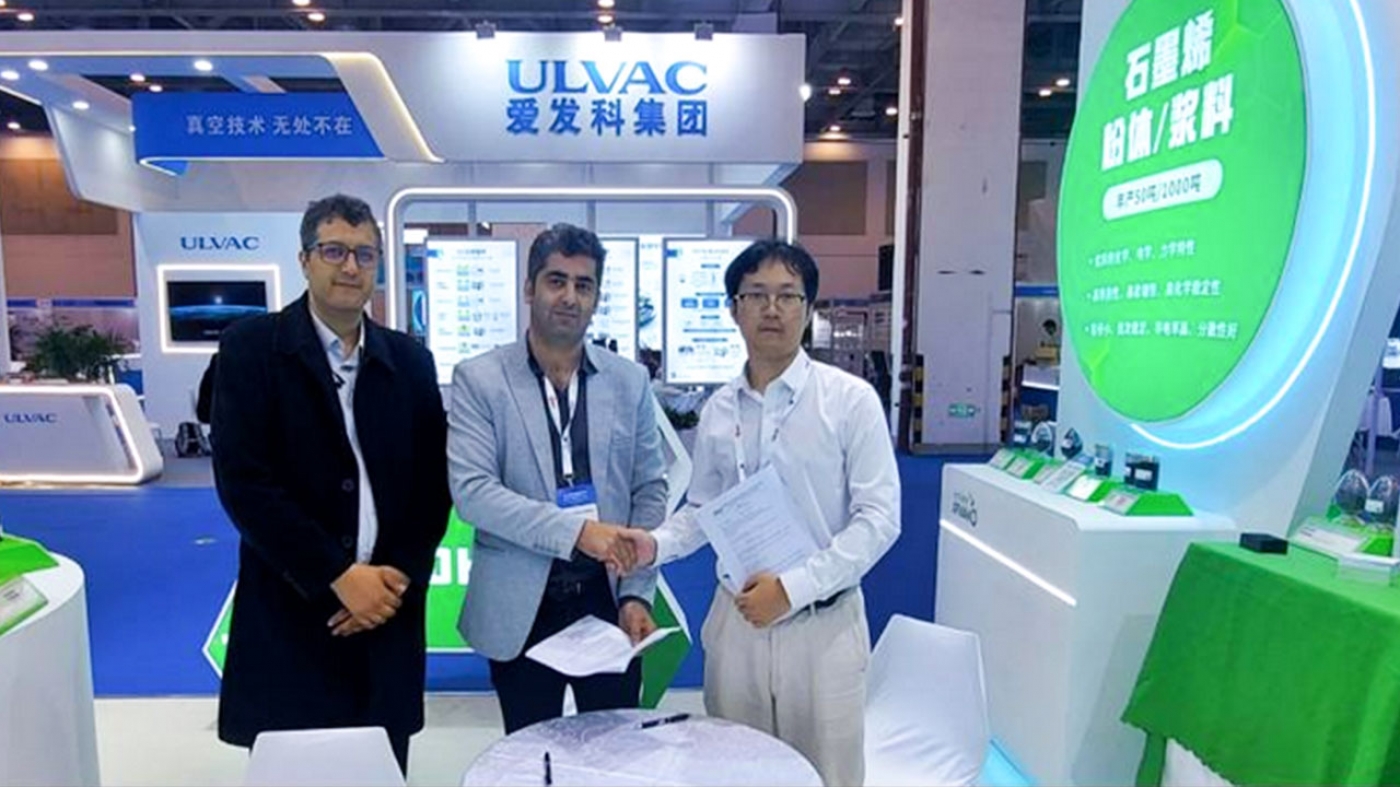"Modification of Cellulose Nanofibers for the Construction of Air Pollutant-Absorbing Nanofilters" is the title of a project supervised by a professor at the Iranian Research Organization for Science and Technology in collaboration with a postdoctoral researcher.
A full professor at the Department of Chemical Technologies of the Iranian Research Organization for Science and Technology (IROST), who holds a Ph.D. in Bio-composite from a university in Malaysia, explained the project: "With the expansion of cities and the increase in sources of air pollutants, and given the dangers that air pollution poses to human health, understanding and awareness of the various aspects of this issue are of great importance. Today, one of the most significant environmental issues in Iran is the problem of air pollution.
The professor added: "Air pollutants are of two types: primary and secondary. Primary pollutants are substances that are released into the ambient air due to pollution sources such as cars, industries, factories, and agricultural machinery.
The researcher continued: "On the other hand, air purification, due to the vast diversity of pollutants and numerous pollution sources, is one of the most complex scientific and practical challenges facing humanity. The current methods used for air purification were all discovered in the early 20th century and are based on household air purification systems. One of the effective methods for reducing air pollution is the use of polymer nanofibers in air filtration, which is widely applied in industries.
The professor continued: "These filters, with various applications, are used in refrigerators, cars, homes, hospitals, and medical centers to remove bacteria, fungi, odors, and volatile organic compounds. However, the major drawback of these types of filters is that they are not biodegradable and remain in the environment for over 400 years because the polymers derived from petroleum are very stable and do not naturally decompose. Therefore, this factor leads to increased environmental pollution after disposal.
He also emphasized: "In recent years, most research and studies have focused on replacing cellulose fibers with synthetic fibers such as glass and carbon fibers to create environmentally friendly products. Green technologies aim to produce safe materials with by-products and waste that cause minimal environmental damage.
The professor stated: "Among the materials used for constructing filters, cellulose holds special importance because it is the most abundant biological raw material available in nature and can easily be accessible in micron to nanometer scales, forming a network structure.
The professor concluded: "The purpose of this project is to construct air purification nanofilters using nanographene, and the target consumers of this project are the automotive industry, including light, semi-heavy, heavy, and industrial vehicles. Additionally, other industries that use gasoline, diesel, and gas combustion engines can also benefit from these nanofilters.





